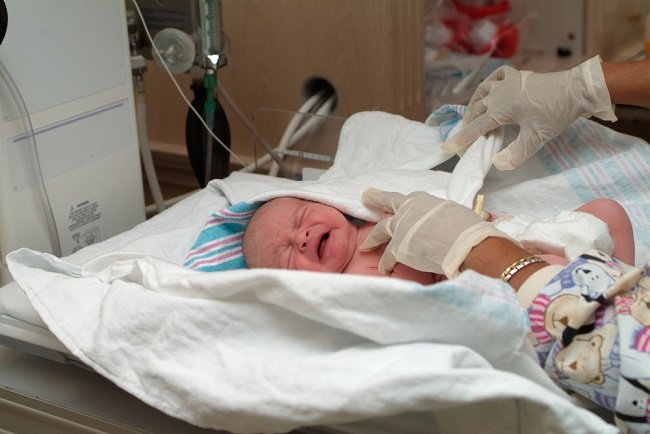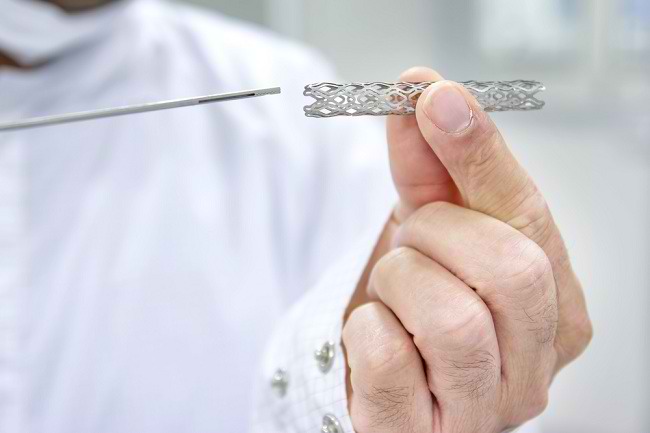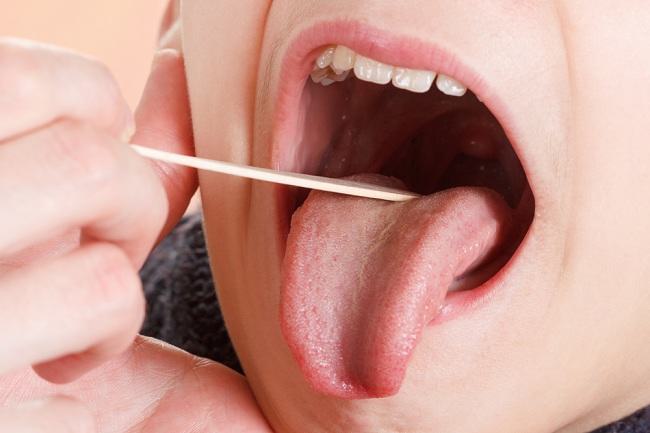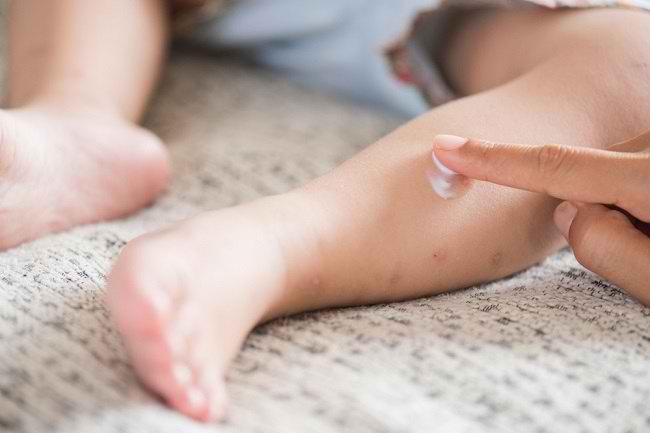Blepharitis is an inflammation of the eyelids that can bother anyone. There are various ways to treat blepharitis, either through treatment at home or treatment from a doctor.
Ways to deal with blepharitis can be done to relieve symptoms and avoid various risks of complications. Blepharitis can cause uncomfortable symptoms, ranging from swollen, red, itchy eyelids and a burning feeling.

In addition to uncomfortable symptoms, blepharitis that is not treated immediately can also cause eyelash loss, blurry eyes, and sensitivity to light (photophobia).
Various Ways to Overcome Blepharitis at Home
Most cases of blepharitis can be treated at home. The first step you can take is as follows:
- Prepare a clean cloth or washcloth then soak it in warm water.
- Warm compresses over your eyelids for 5 minutes. The goal is to soften the crust and prevent excessive oil deposits on the eyelids.
- Gently massage the eyelids while the compress is warm.
After alternately compressing the eyes, the next step is to clean the eyelids. The method is as follows:
- Place a new, clean cloth or washcloth over your index finger, then dip it in warm water with a few drops of baby shampoo mixed in.
- Close your eyes, then rub the warm cloth or washcloth over your lashes and the edges of your eyelids for about 30 seconds.
- Apply light pressure as you rub your lashes to squeeze the clogged oil from the glands behind the lashes.
- Rinse your eyelids with warm water, then dry them with a clean dry towel.
You can do this method of dealing with blepharitis at home regularly for 2-4 times a day, until the symptoms of blepharitis that you experience disappear.
How to Overcome Blepharitis with Medication
The use of drugs is usually done after treatment at home is not effective enough to relieve the symptoms of blepharitis. The following are some medicines that doctors usually prescribe to treat blepharitis:
Antibiotics
In the case of blepharitis caused by a bacterial infection, the drugs that are generally prescribed are antibiotics in the form of eye drops or ointments. However, if the two drugs are not effective enough to treat blepharitis, the doctor can prescribe antibiotics in tablet form.
Corticosteroids
In the case of patients with blepharitis that is not caused by infection, the doctor will prescribe eye drops or corticosteroid ointments that are useful for reducing inflammation. In certain conditions, corticosteroids can also be prescribed along with antibiotics to treat blepharitis caused by infection.
Immunomodulator
In certain cases, the doctor may also prescribe immunomodulatory drugs, such as ciclosporin. This drug works by decreasing the body's immune system response, thereby reducing inflammation.
Before taking the above medicines, you are advised to always pay attention to the dosage and how to use it according to the doctor's recommendations or the instructions on the drug packaging label.
During the healing period, either by natural means or medication, you are also advised to keep your face and hair clean, because this also affects the eyelids. Also avoid rubbing your eyes when your eyes itch.
Of the two ways to treat blepharitis above, all of them are considered able to relieve blepharitis symptoms as long as they are done properly. However, if the symptoms of blepharitis do not improve, immediately consult a doctor for further treatment.









